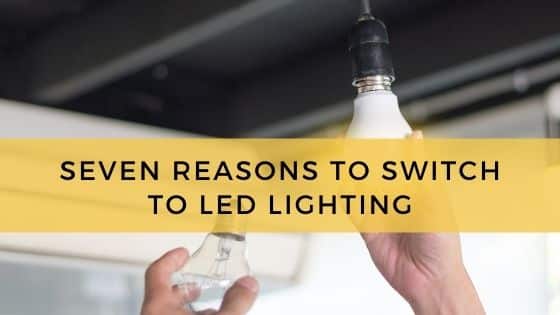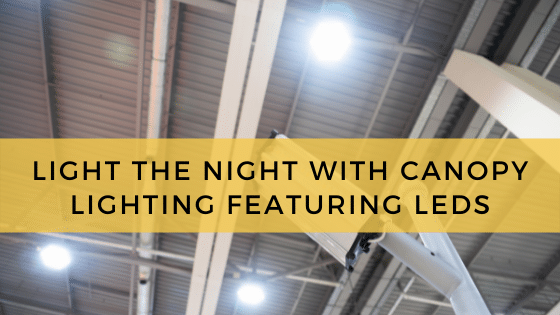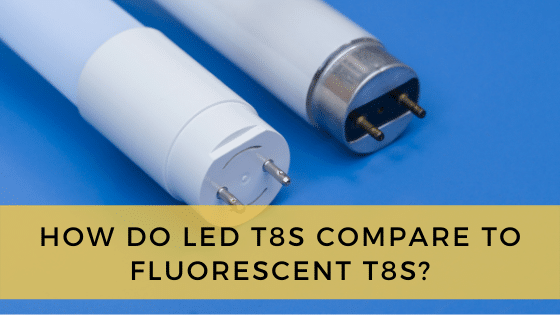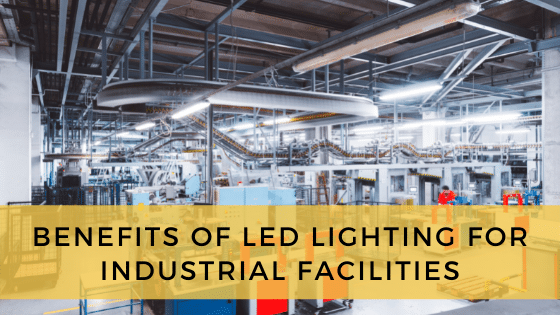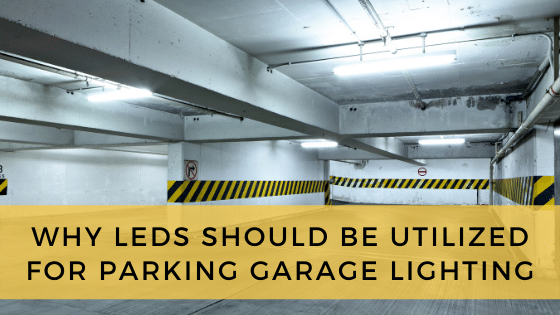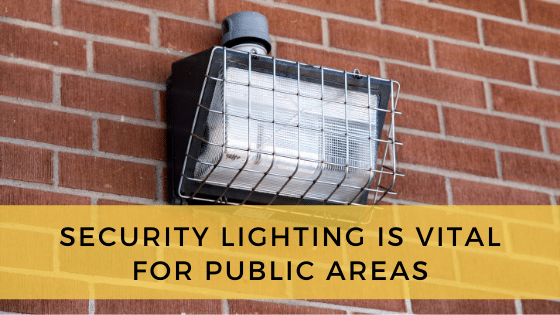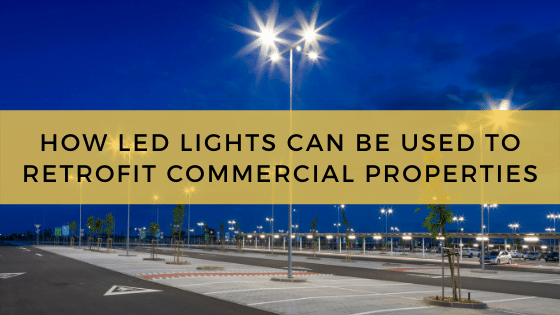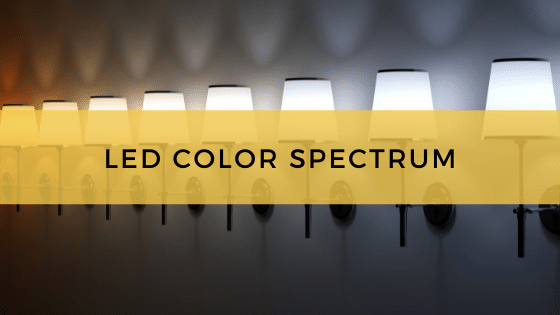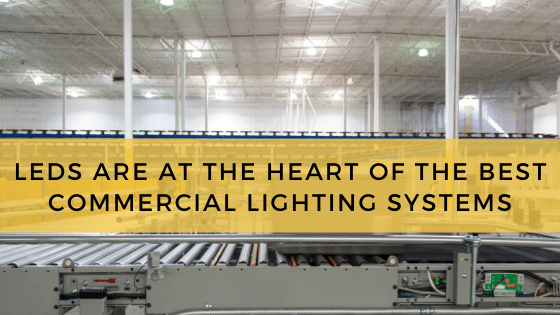
Well-designed commercial lighting systems enhance a property’s function and appearance, especially when they leverage LED technology. More and more commercial properties are turning to LED fixtures for their lighting needs, whether for a retrofit or for a brand new system. It’s easy to see why LED commercial lighting is so popular, as it represents an upgrade over fluorescent and HID fixtures in nearly every conceivable way.
What Should A Commercial Lighting System Consist Of?
Commercial lighting comes in many forms, and no matter what the property looks like or how it is arranged there is a commercial lighting system that makes sense.
Here are the most common commercial settings, and the lights that make the most sense for each:
- Office buildings – Traditionally, office buildings have been fitted with panel and troffer fixtures, most of which utilize fluorescent technology. Troffers and panels are still the dominant fixture options, but LED technology is now the light engine of choice for offices. LED fixtures can emit close to neutral white light, while fluorescent tends to leave a greenish, pale cast over everything. Because LEDs emit in a color range more similar to natural sunlight, they help workers stay focused and alert. Several studies have confirmed the impact of natural light on employees, and have noted a productivity boost among those regularly exposed to it. LED technology offers the best and most cost-effective match to sunlight so companies can invest in their employees’ well-being while also getting efficient, reliable lighting.
Some offices are doing away with the panel and troffer fixtures and are installing commercial lighting systems that are more appropriate for an open office layout. Open offices are gaining in popularity, as they are seen as a way to unify departments and encourage collaboration. Commercial lighting systems in open offices should enhance this approach, with extended rows of linear suspended lighting and some strategic pendant fixture placement.
- Warehouses and storage facilities – Warehouses need maximum visibility and worker comfort more than anything else. When selecting warehouse lights the first decision is between high bay or low bay fixtures. High bay lighting is more appropriate for any building interior where the ceiling is at least 20 feet high. At this height the lighting must be specialized so that it can adequately illuminate the ground. This usually means adding a bulky reflector to the fixture, but in LED’s case only an angled lens is necessary.
Some warehouse facilities still have HID lighting in place, and these facilities need an update. When updating from HID, it’s T5 fluorescent fixtures or LED fixtures that make the most sense. Increasingly, lighting experts are recommending LED high bay lights as they offer greater energy savings and require almost no maintenance for years after installation. This can keep operating costs down to a minimum, and makes up for the greater upfront cost of LED.
- Restaurants and shops – Businesses that rely on attracting patrons have a different goal in mind with their lighting. Restaurants and shops have to draw people in with attractive lighting, ensure the property is easy to traverse and use the lighting to encourage a purchase. The best way to accomplish this is with sophisticated, coherent design.
LED technology is a natural fit into a modern commercial lighting design as it can be paired with most fixture housings. Further, LED technology is easily controlled so property owners can fine tune how the system looks at all times.
Although there are plenty of ways to light a shop or restaurant, strong lighting design uses layering to get the most out of the space. Good layering would combine ambient, accent and decorative fixtures to bring cohesion to the property. For example, ambient lighting provides general visibility in the space using linear suspension fixtures, track fixtures, recessed fixtures or something similar. Accent lighting draws attention to points of interest, like restrooms, changing rooms or the checkout area, and it often consists of LED strip fixtures or pendant fixtures to stand out. Decorative lighting can be built into dramatic pendants or chandeliers or even custom designed for something one-of-a-kind. Whatever the choice, decorative lighting with LED technology is ideal, because it can be brought up or down so it always looks perfect.
The Importance Of Photometry In Commercial Lighting
When lighting experts plan out a commercial lighting project they observe photometric principles to ensure the system looks exactly like it should.
What is photometry? Put simply, it’s a way of measuring light so that the human eye is taken into account. Light emits across an entire wavelength spectrum, and our eyes do not perceive them all with the same sensitivity. In other words, some wavelengths (colors) of light are easier for the eye to detect, which means those wavelengths appear brighter in certain settings. Lighting experts consider this when setting up fixtures, because it more accurately represents what people will actually see when the fixtures are powered on.
Photometry is a critical consideration for most lighting projects, and is particularly important for commercial, industrial and artistic applications. For this reason, lighting experts will diagram the system prior to installation, and this provides some valuable information to the installers. For example, photometric diagramming offers clarity on:
- How the entire system will be perceived, at every angle and from every spot on the property.
- Where the light will be most intense and where it will be least intense.
- Potential problem areas where too much or too little lighting is available.
- How far apart the lights should be spaced to ensure even coverage.
- What lighting technologies make the most sense for a particular project.
- How many fixtures will be required, which makes it easier to provide an estimate for the project.
Because photometry is so fundamental to proper commercial lighting design, commercial property owners should prioritize lighting providers and installers that utilize it.
Commercial lighting systems function best when they are designed with the space in mind. A proper commercial lighting system can bring maximum visibility, worker comfort and safety, or smart design to a property. In each case, LED technology offers the best combination of efficiency, reliability and functionality.

